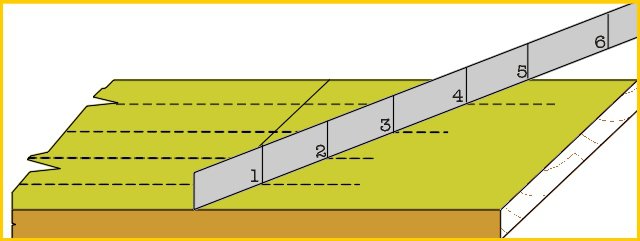- Joined
- Sep 8, 2013
- Messages
- 9
Why would anyone in the machining discipline specify dimensions in fractions? Elmer (in his classic ELMER'S ENGINES) for example uses fractions. Has there ever been a lathe or a mill or a micrometer (before digital) with fractional dials? You have to convert, say 7/64 to 0.109375 or 5/32 to 0.15625. How is anyone going to turn down a piece to 0.1093755 or mill a slot to 0.15625? I suppose that if you're within 0.0005 you're likely "close enough". However, you have to convert which is annoying and cumulative rounding errors could creep in if you're not careful. Also, why not be consistent and use only, say 64ths, rather than mixing 4ths, 8ths, 16ths, 32nds? Yes I know that 6/64ths is an "improper fraction" but at least you would have a single multiplier to remember. Did machinists work this way at one time, converting fractions to decimal? Why?
Thanks for your answers.
Thanks for your answers.


